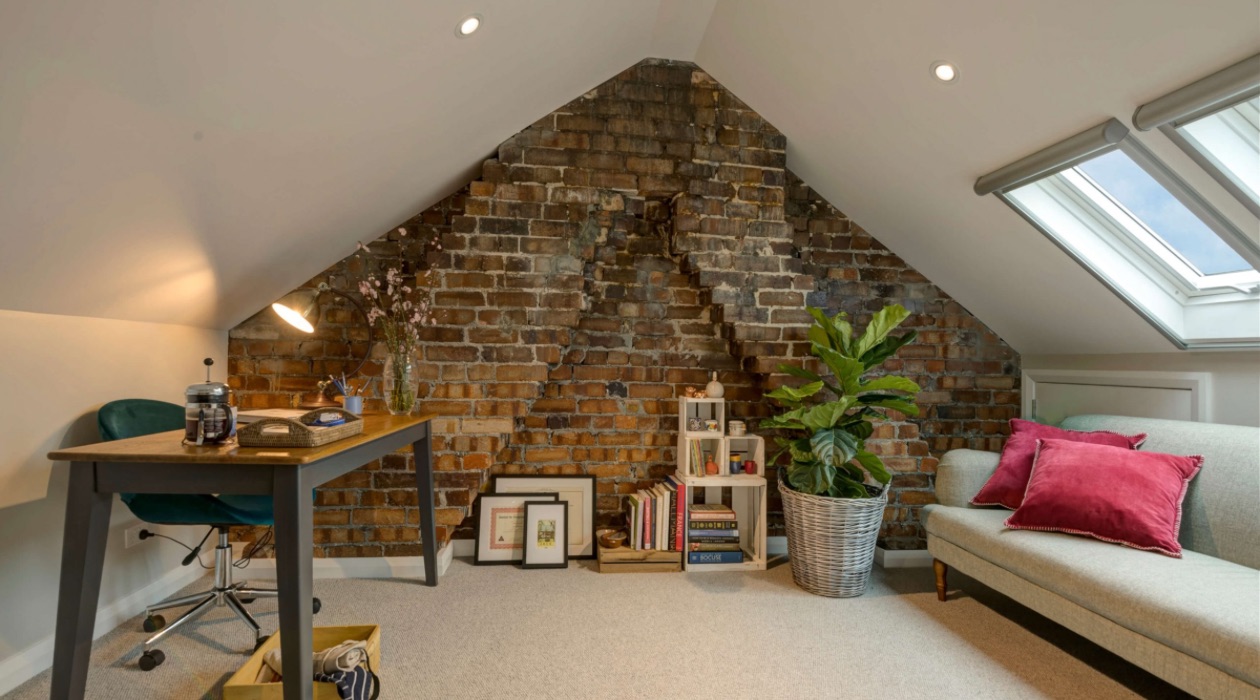

Articles
How To Reduce The Heat In My Attic
Modified: October 23, 2024
Learn effective strategies and techniques in our articles to reduce the heat in your attic and keep your home cool.
(Many of the links in this article redirect to a specific reviewed product. Your purchase of these products through affiliate links helps to generate commission for Storables.com, at no extra cost. Learn more)
Introduction
Having excessive heat in your attic can lead to various issues, including increased energy costs, reduced comfort in your home, and potential damage to your belongings. Therefore, finding effective ways to reduce the heat in your attic is essential.
In this article, we will explore different strategies and techniques to help you lower the temperature in your attic and create a more comfortable living environment. By understanding the underlying causes of heat buildup and implementing appropriate solutions, you can achieve better energy efficiency and maintain a cool and well-insulated home.
Before diving into the various methods, it’s important to note that every attic is unique, and the most effective approach for reducing heat may vary depending on factors such as your geographic location, the size of your attic, and the prevailing climate in your area. Therefore, it is recommended to assess your specific situation and consult with professionals if needed.
Now, let’s delve into the details of how you can tackle the heat buildup in your attic and make a noticeable difference in your home’s overall comfort and energy efficiency.
Key Takeaways:
- Understanding the factors contributing to heat buildup in your attic, such as inadequate insulation, poor ventilation, solar heat gain, and air leaks, is crucial for implementing effective solutions.
- Improving attic ventilation, ensuring proper insulation, and considering reflective roofing and radiant barriers are key strategies to reduce heat in your attic and create a more comfortable, energy-efficient living space.
Understanding the Heat Buildup in the Attic
Before implementing any solutions, it’s important to understand why your attic becomes so hot in the first place. Several factors contribute to heat buildup in the attic, including:
- Inadequate insulation: Insufficient insulation or gaps in the insulation allow heat from the rest of the house to penetrate the attic space.
- Poor ventilation: Improper ventilation in the attic prevents heat from escaping, causing it to accumulate.
- Solar heat gain: Sunlight directly hits the roof, causing it to absorb heat, which then radiates into the attic.
- Air leaks: Unsealed cracks, gaps, and holes in the attic allow hot air from the outside to enter and mix with the air inside.
Understanding these factors will help you determine the best solutions for reducing heat in your attic. By addressing these underlying issues, you can create a more balanced and comfortable environment in your home.
Next, we’ll discuss how to assess the current state of ventilation in your attic and identify areas for improvement.
Assessing the Current Attic Ventilation
Proper ventilation is crucial for maintaining a cooler attic. It allows hot air to escape while bringing in fresh air from outside, effectively reducing heat buildup. Before implementing any ventilation improvements, it is essential to assess the current state of your attic’s ventilation system.
Start by inspecting the existing vents in your attic. Look for both intake vents (which bring in fresh air) and exhaust vents (which allow hot air to escape). Ensure that these vents are not blocked or obstructed by insulation, debris, or other materials. Clean out any blockages and make sure the vents are free to operate efficiently.
Consider the type and size of the vents as well. Different types of ventilation systems, such as ridge vents, soffit vents, gable vents, or turbine vents, may be present in your attic. Assess whether the current ventilation system is adequate for the size and layout of your attic. In some cases, you may need to add more vents or upgrade to larger ones to improve airflow.
It is also important to evaluate the balance between intake and exhaust vents. An imbalance can reduce the effectiveness of the ventilation system. Ideally, there should be an equal amount of intake and exhaust venting to ensure proper air circulation.
Additionally, consider the placement of the vents. They should be strategically located to facilitate the natural flow of air. Intake vents should be placed near the lower portions of the attic to allow cool air to enter, while exhaust vents should be positioned near the upper portions to allow hot air to escape.
Lastly, take into account any potential energy-efficient upgrades you can make to your ventilation system. For instance, solar-powered ventilators or attic fans can enhance the airflow and cooling in your attic while reducing dependency on electricity.
By thoroughly assessing your current attic ventilation system, you can identify any weaknesses or areas for improvement. In the next section, we will explore how proper insulation plays a vital role in reducing heat in the attic.
Ensuring Proper Insulation
Proper insulation is a key factor in reducing heat in the attic. It acts as a barrier, preventing heat transfer between the inside of your home and the attic space. Insulation helps to keep the heat inside during the colder months and keeps the heat out during the warmer months.
First, check the current insulation in your attic. Determine if it meets the recommended insulation levels for your region. The U.S. Department of Energy provides guidelines on the recommended R-values (insulation’s resistance to heat flow) based on climate zones. Insufficient insulation can result in heat transfer and contribute to a hotter attic.
If your attic insulation is inadequate, consider adding more insulation to improve its effectiveness. Fiberglass batts, cellulose, or spray foam insulation are popular options for attic insulation. Ensure that the insulation is evenly distributed and covers all areas, including the attic floor, walls, and roof rafters.
Sealing air leaks in the attic is also essential for proper insulation. Even with adequate insulation, air leaks can allow hot air to enter and compromise the effectiveness of the insulation. Common areas for air leaks include gaps around ductwork, electrical wiring, plumbing pipes, and around attic access doors. Seal these gaps and cracks using caulking, weatherstripping, or spray foam insulation to prevent the escape of cool air and the entry of hot air.
In addition to traditional insulation, consider using radiant barriers. A radiant barrier is a reflective material that reflects heat away from your attic, helping to reduce the amount of heat that enters. Install radiant barriers in the attic space, particularly on the underside of the roof or on the attic floor, to prevent radiant heat transfer.
Remember to follow safety precautions when handling insulation materials. Wear protective clothing, gloves, and a mask to protect yourself from potentially harmful fibers or particles.
By ensuring proper insulation and sealing air leaks, you can significantly reduce heat transfer in your attic and create a more energy-efficient and comfortable living environment. In the next section, we will explore the installation of attic fans or ventilation systems to further enhance temperature regulation in the attic.
Consider installing a radiant barrier in your attic to reduce heat. This reflective material helps block the transfer of heat from the roof into the attic, keeping the space cooler.
Installing Attic Fans or Ventilation Systems
Attic fans and ventilation systems are effective solutions for enhancing airflow and reducing heat buildup in the attic. These systems work by actively removing hot air and replacing it with cooler air from the outside.
One popular option is the installation of attic fans. There are different types of attic fans available, including roof-mounted fans, gable-mounted fans, and solar-powered fans. These fans help to remove hot air from the attic by creating a continuous flow of air. They are especially beneficial during hot summer months when heat accumulation in the attic is at its peak.
When installing attic fans, it’s important to consider the size and number of fans needed. This will depend on factors such as the size of your attic and the amount of airflow required for proper ventilation. It may be necessary to consult with a professional to determine the appropriate fan size and placement for your specific attic.
Another option to consider is a whole-house ventilation system. This type of system integrates with your existing HVAC system to provide balanced airflow throughout your home, including the attic. It helps to maintain a consistent temperature, reduce humidity, and lower heat buildup in the attic. Whole-house ventilation systems often come with built-in temperature and humidity controls to ensure optimal performance.
Lastly, you may also want to consider adding soffit vents or ridge vents. These vents work in conjunction with attic fans or ventilation systems to ensure proper airflow. Soffit vents are installed on the underside of the roof overhangs, allowing fresh air to enter the attic space. Ridge vents, on the other hand, are installed along the peak of the roof and enable hot air to escape. The combination of these vents with attic fans or ventilation systems can create a more efficient and balanced attic ventilation system.
When installing attic fans or ventilation systems, it’s crucial to ensure proper installation and follow safety guidelines. Improper installation can lead to inefficiencies or even damage to your attic or roofing structure. If necessary, consult with professionals or contractors who specialize in attic ventilation to ensure the best results.
Now that we’ve explored attic fans and ventilation systems, let’s move on to the next method: reflective roofing and radiant barriers.
Reflective Roofing and Radiant Barriers
Reflective roofing and radiant barriers are effective strategies for reducing heat absorption by the roof and minimizing the transfer of that heat into the attic. These solutions can significantly lower the temperature in your attic and help improve energy efficiency.
One option is to install reflective roofing materials. These materials consist of highly reflective surfaces that reflect sunlight and heat away from the roof, preventing it from being absorbed and transferred into the attic. Reflective roofing materials can include specially coated shingles, tiles, or metal roofing that have a high solar reflectance index (SRI) value. These materials are designed to keep the roof surface cooler and reduce heat transfer.
An alternative or complementary solution is the installation of radiant barriers. A radiant barrier is a thin reflective material that is installed in the attic, typically on the underside of the roof or on the attic floor, to block the transfer of radiant heat. It works by reflecting the heat back towards the direction it came from, preventing it from entering the living space below. Radiant barriers can effectively reduce the heat gain in the attic and keep the temperature lower.
When considering reflective roofing or radiant barriers, it is important to consult with professionals or roofing experts who can guide you in choosing the right materials and the most suitable installation method for your specific situation. While these solutions can be highly effective in reducing attic heat, proper installation is key to ensure optimal results.
It is worth noting that reflective roofing or radiant barriers may not be as effective in colder climates where heat retention is desired during winter months. In such cases, it is important to strike a balance between managing heat buildup in the attic and maintaining adequate insulation for energy efficiency and comfort throughout the year.
In the next section, we will discuss the importance of sealing air leaks in the attic, which is another crucial step in reducing heat and improving energy efficiency.
Sealing Air Leaks in the Attic
Sealing air leaks in the attic is an essential step in reducing heat transfer and improving energy efficiency. Even with adequate insulation and ventilation, air leaks can allow hot air to enter the attic and compromise the overall effectiveness of your efforts to lower temperatures.
Start by conducting a thorough inspection of your attic for any gaps, cracks, or holes where air may be leaking. Common areas that often require attention include around electrical wiring, plumbing pipes, HVAC ducts, attic access doors, and vents. Use caulk, weatherstripping, or foam insulation to seal these gaps and cracks, preventing the escape of cool air and the entry of hot air.
Pay particular attention to areas where different building materials meet, such as around windows, doors, and at the junction of the walls and the attic floor or ceiling. These areas can often be susceptible to air leaks that can contribute to heat buildup in the attic.
In addition to sealing visible air leaks, it’s also important to address any hidden or hard-to-reach areas where air may be escaping. For example, check for gaps or cracks in the attic floor, especially around recessed lighting fixtures or ceiling fans. Consider using insulation covers or boxes to seal these fixtures and prevent air leakage.
Remember that proper attic insulation can also help reduce air leaks. Ensuring adequate insulation coverage and removing any compressed or damaged insulation can contribute to better energy efficiency and reduced heat transfer. Combining insulation with proper air sealing will create a more effective barrier against heat buildup in the attic.
Regularly inspect and maintain the sealed areas in your attic to ensure that they remain in good condition. Over time, caulk or weatherstripping may wear out, and gaps may reappear. Stay vigilant and promptly address any new air leaks that arise.
By sealing air leaks in the attic, you can significantly reduce heat transfer, increase energy efficiency, and create a more comfortable living space. In the next section, we will summarize the key points discussed in this article.
Conclusion
Reducing heat in your attic is essential for maintaining a comfortable and energy-efficient home. By understanding the causes of heat buildup and implementing appropriate strategies, you can significantly lower the temperature in your attic and improve overall comfort. In this article, we explored various methods to achieve this goal.
We began by understanding the factors contributing to heat buildup in the attic, such as inadequate insulation, poor ventilation, solar heat gain, and air leaks. Assessing the current state of attic ventilation and ensuring proper insulation were crucial steps in combating heat transfer. Improving ventilation through the installation of attic fans, ventilation systems, and the use of soffit vents and ridge vents can enhance airflow and temperature regulation.
Reflective roofing and radiant barriers offer effective solutions to reduce heat absorption by the roof and minimize heat transfer into the attic. Sealing air leaks in the attic is also essential to prevent hot air from entering and cool air from escaping.
It’s important to note that every attic is unique, and the most effective approach may vary. Consulting with professionals and considering local climate conditions is recommended for the best results.
Reducing heat in your attic not only improves comfort but also helps to lower energy costs and prolong the lifespan of your roof. By implementing these strategies, you can create a cooler, more energy-efficient living space and enhance the overall quality of your home.
Remember to periodically assess and maintain the improvements made to your attic to ensure their effectiveness over time. Regular inspections and timely fixes can help you continue to enjoy the benefits of a cooler and well-ventilated attic for years to come.
By implementing these strategies and taking proactive steps to reduce heat buildup in your attic, you can create a more comfortable and energy-efficient living environment. Invest in the well-being of your home and enjoy the benefits of a cooler, more comfortable attic space.
Frequently Asked Questions about How To Reduce The Heat In My Attic
Was this page helpful?
At Storables.com, we guarantee accurate and reliable information. Our content, validated by Expert Board Contributors, is crafted following stringent Editorial Policies. We're committed to providing you with well-researched, expert-backed insights for all your informational needs.
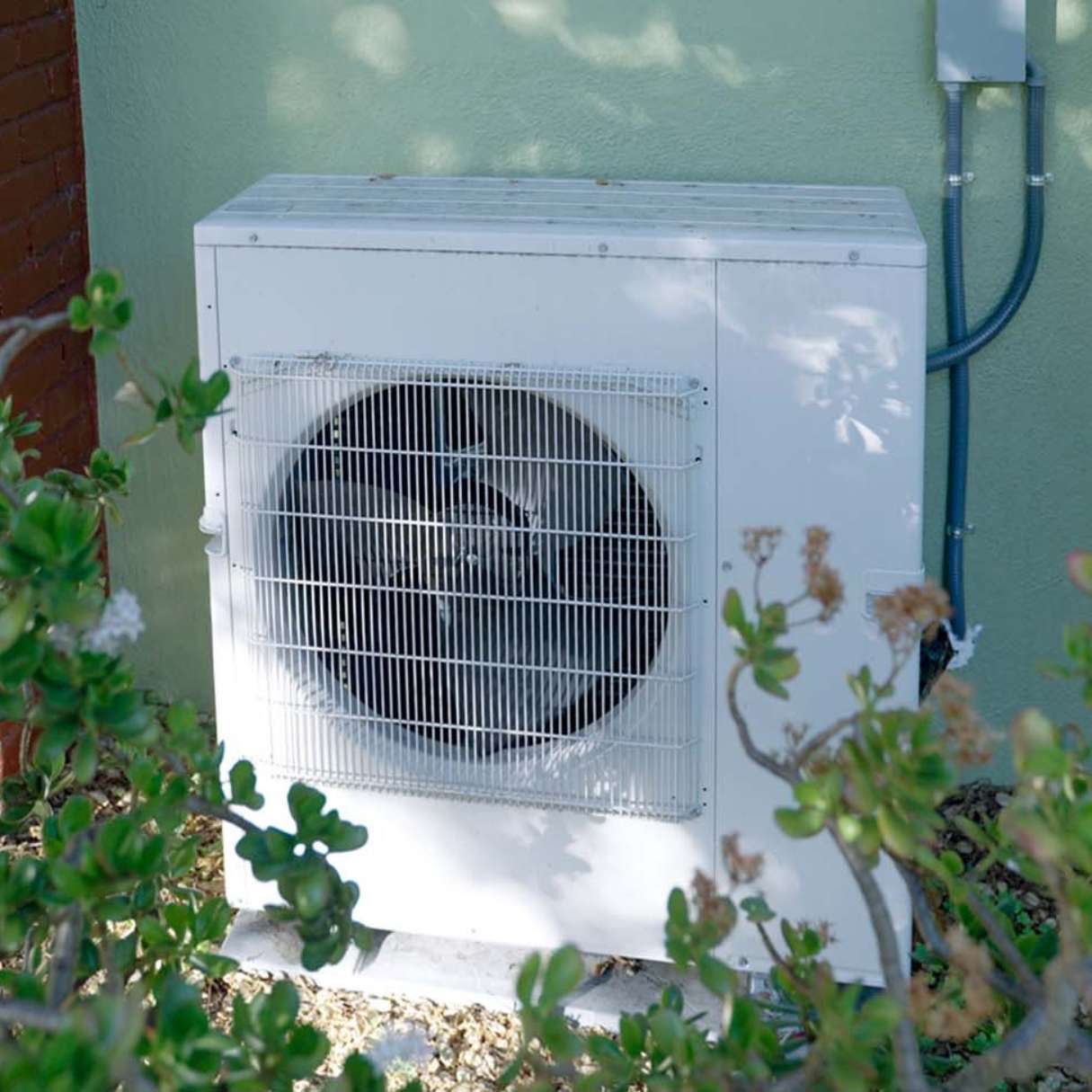
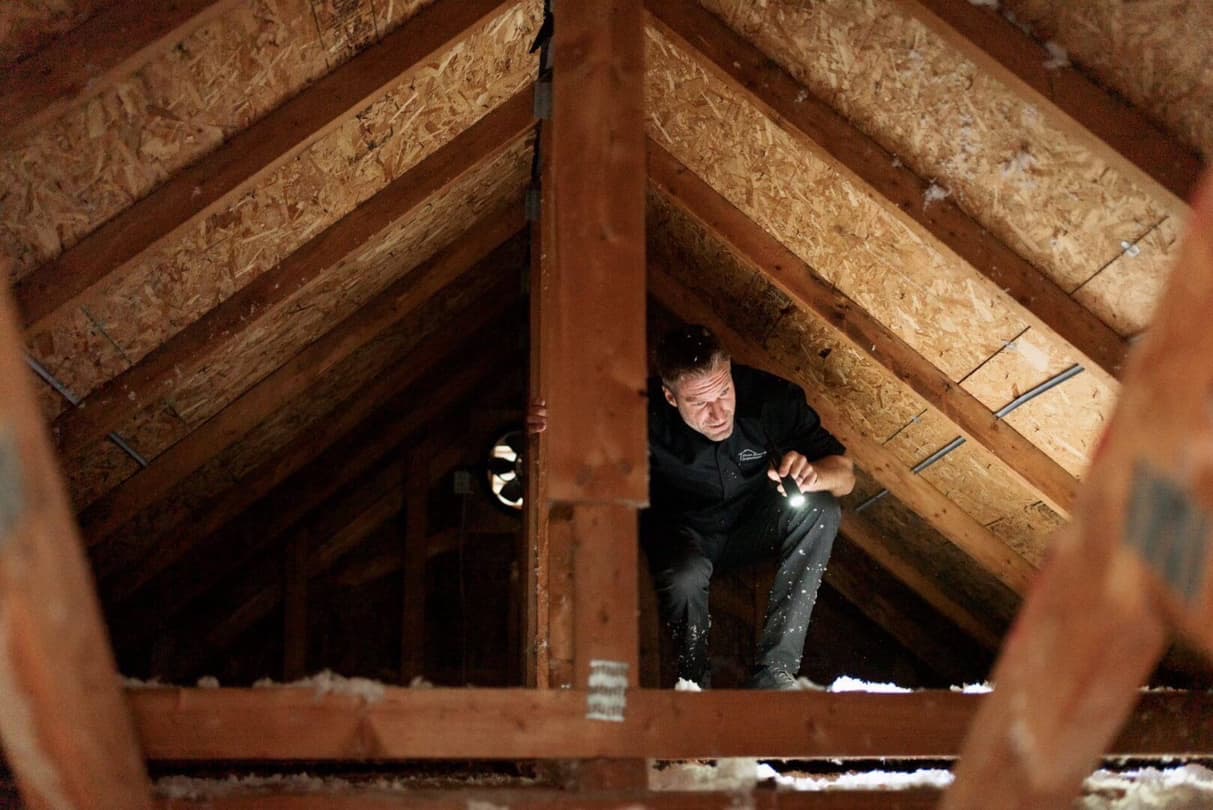

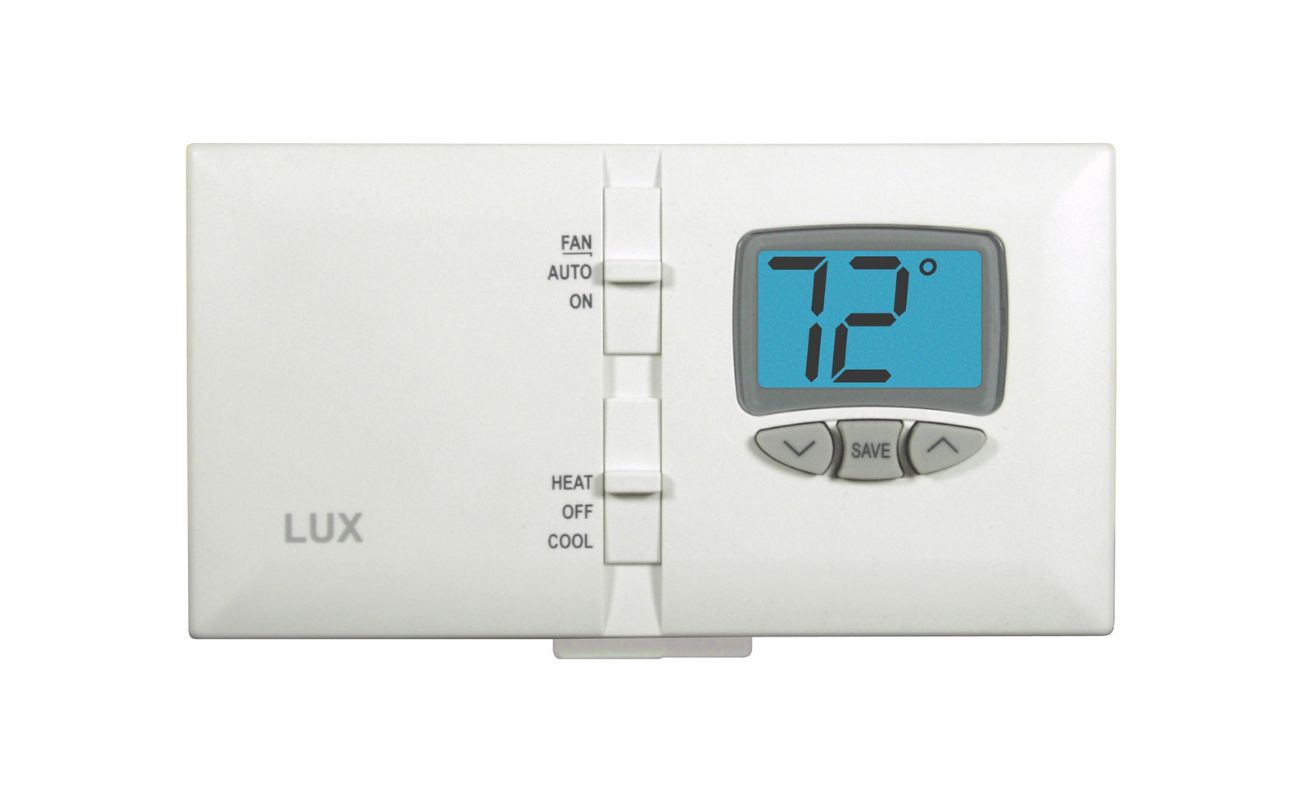
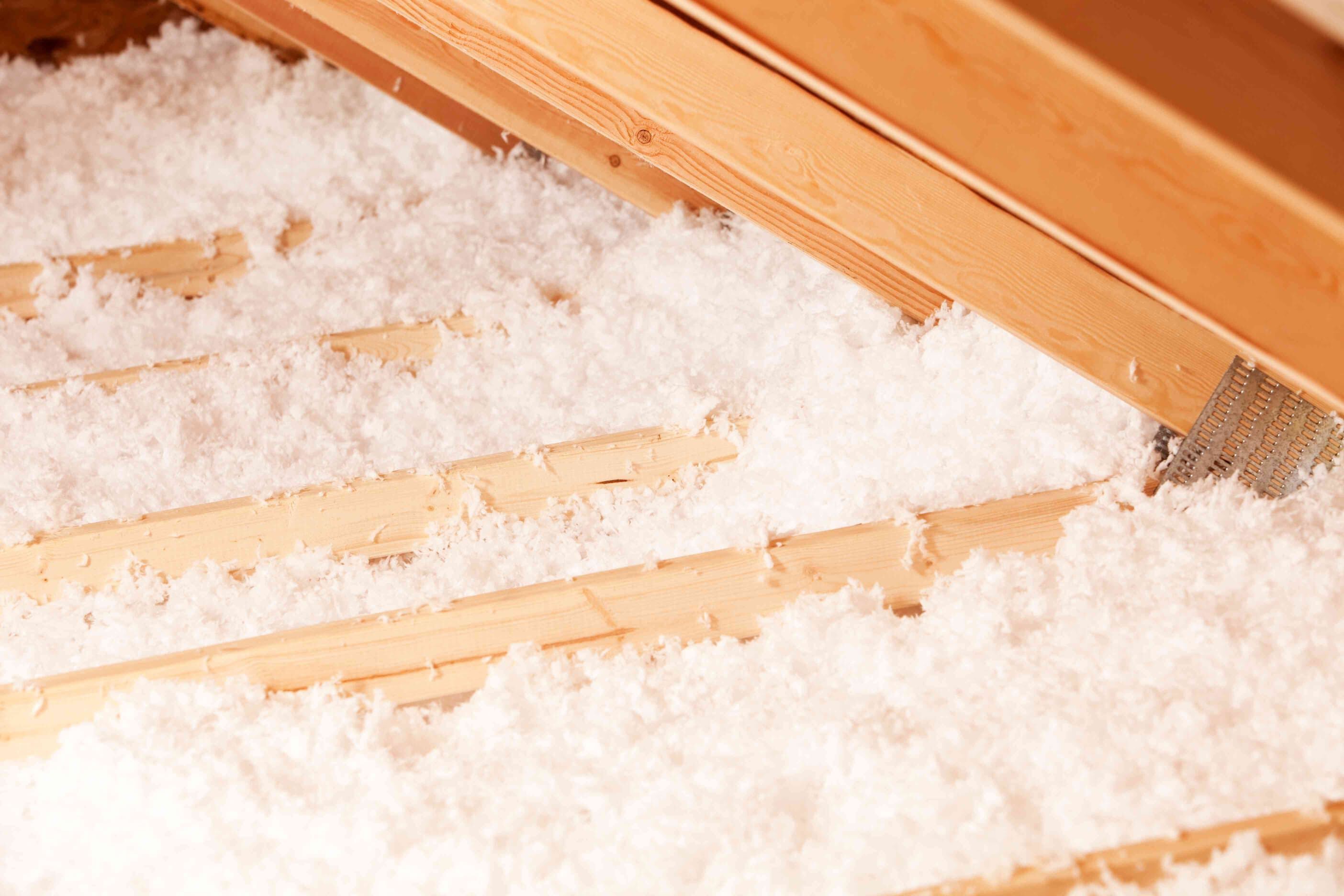





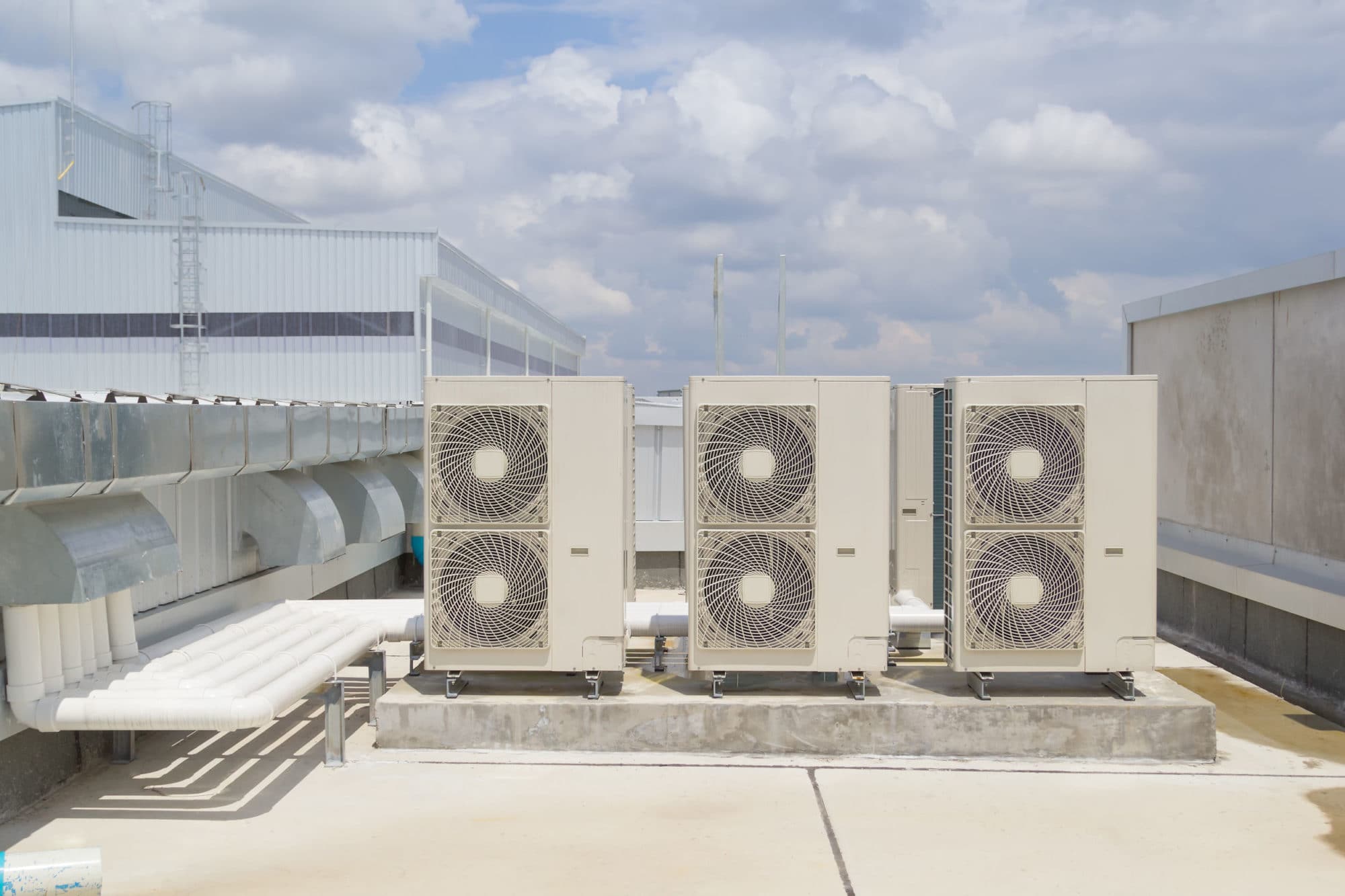

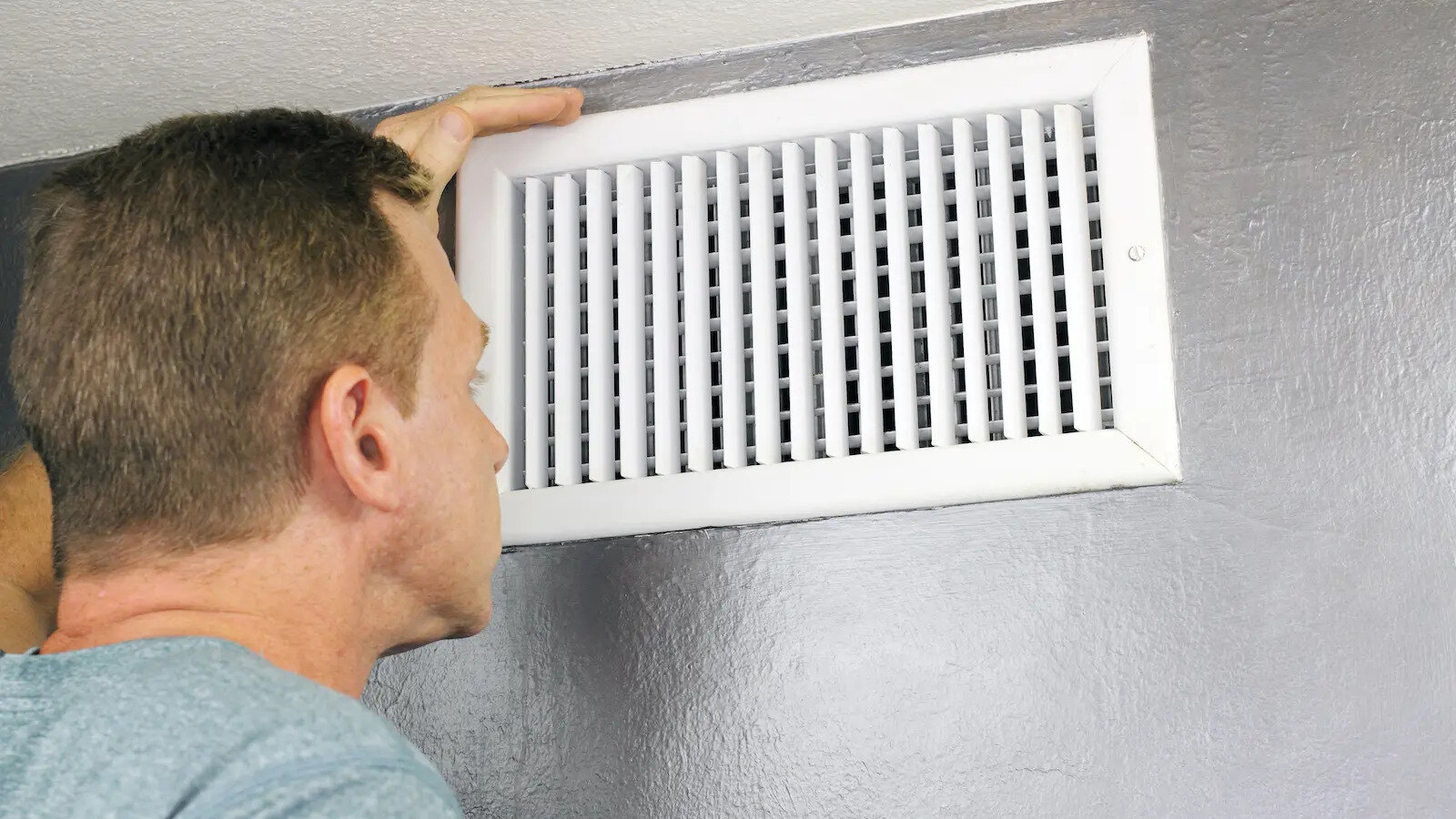
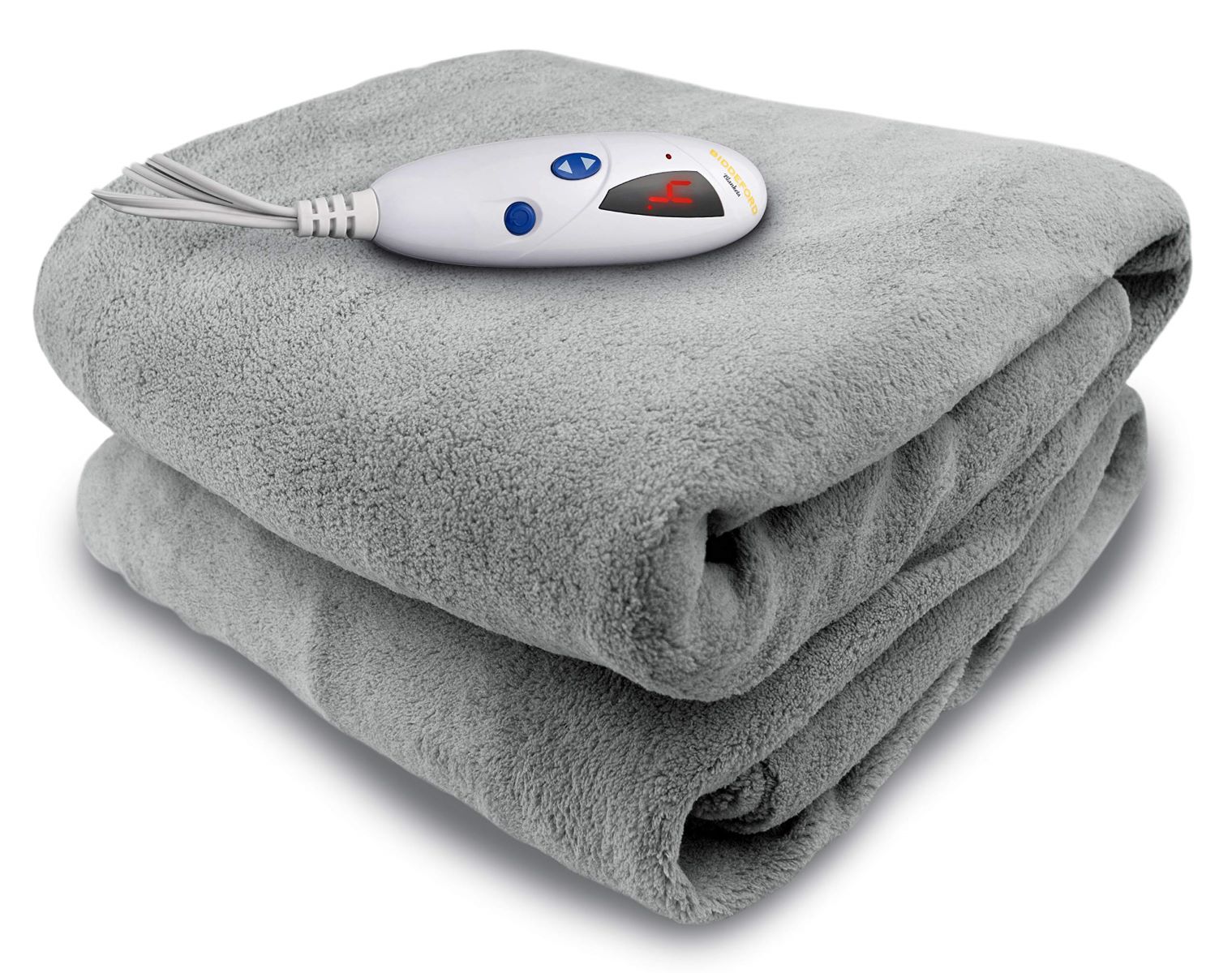

0 thoughts on “How To Reduce The Heat In My Attic”